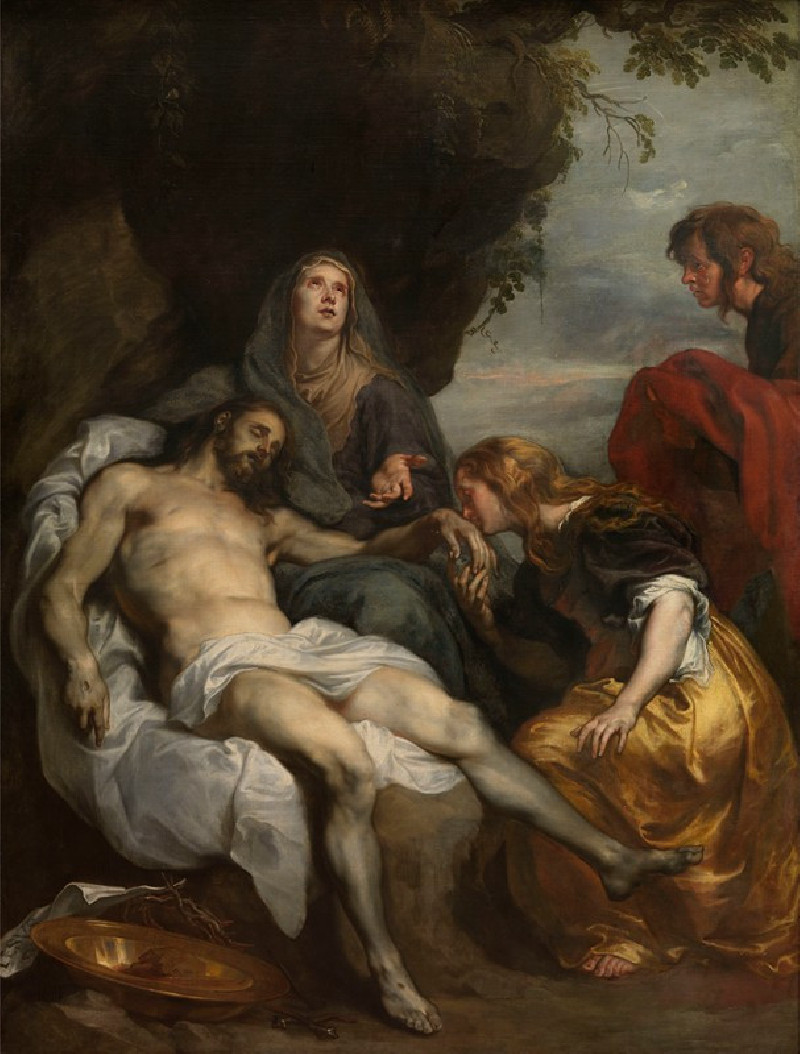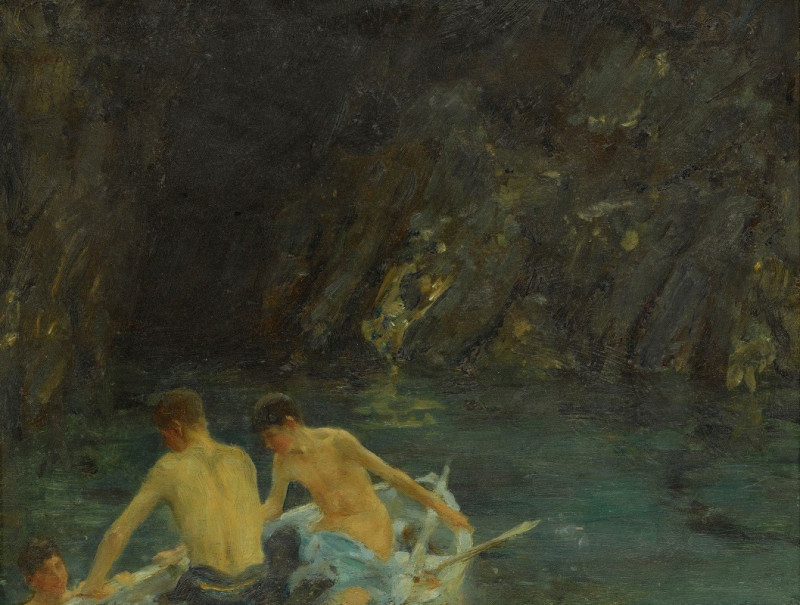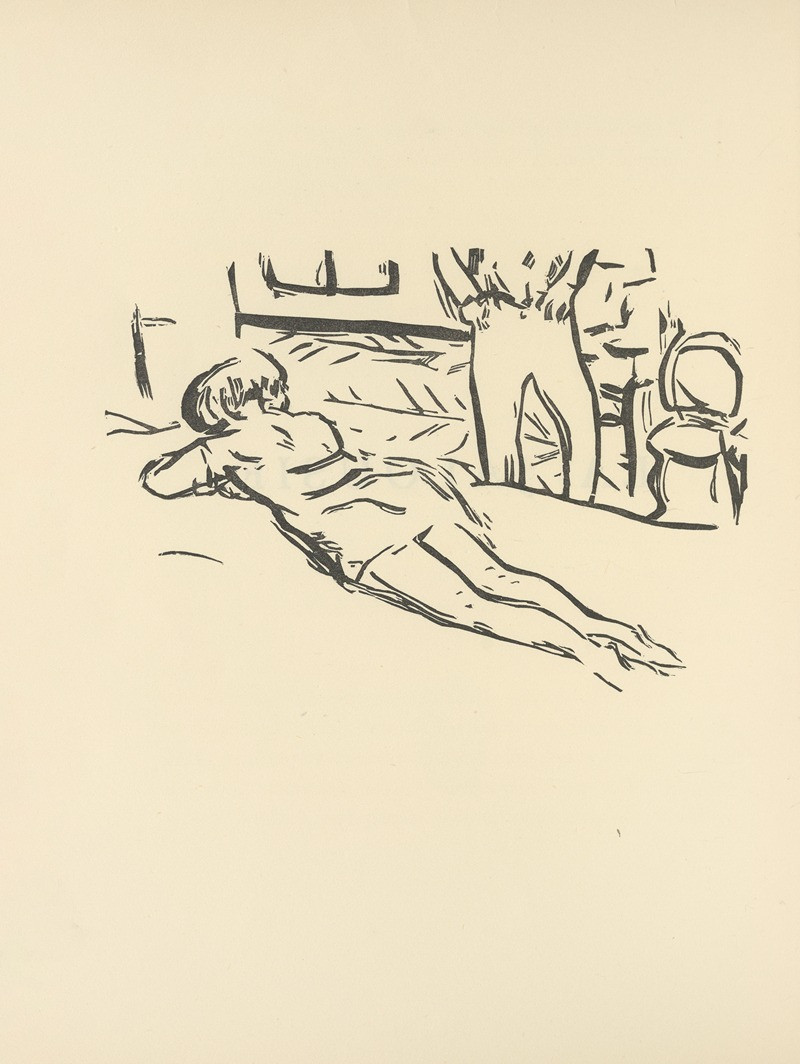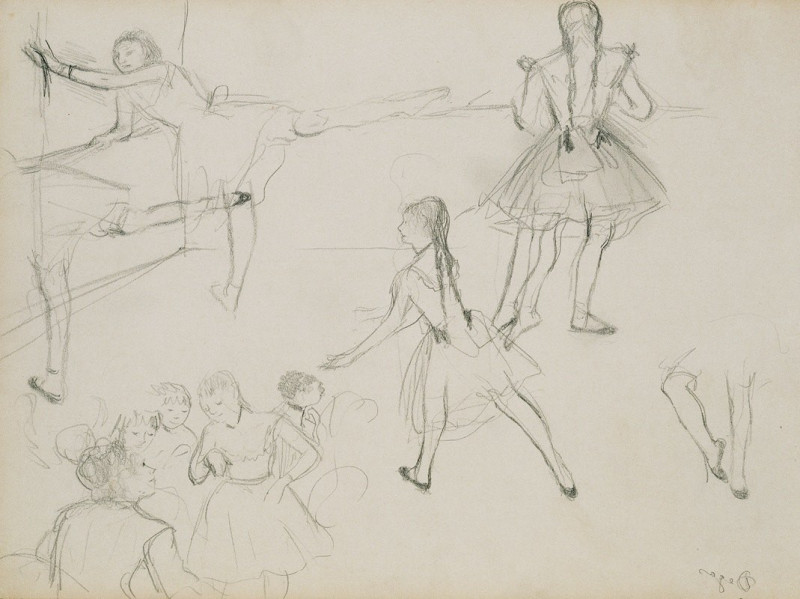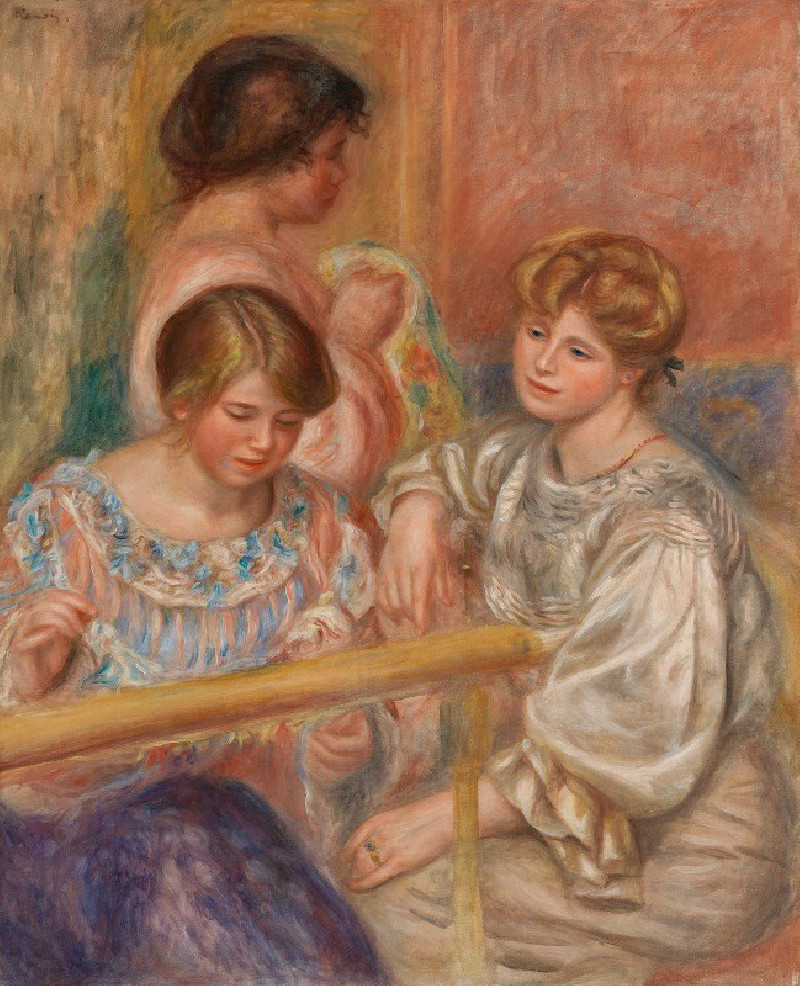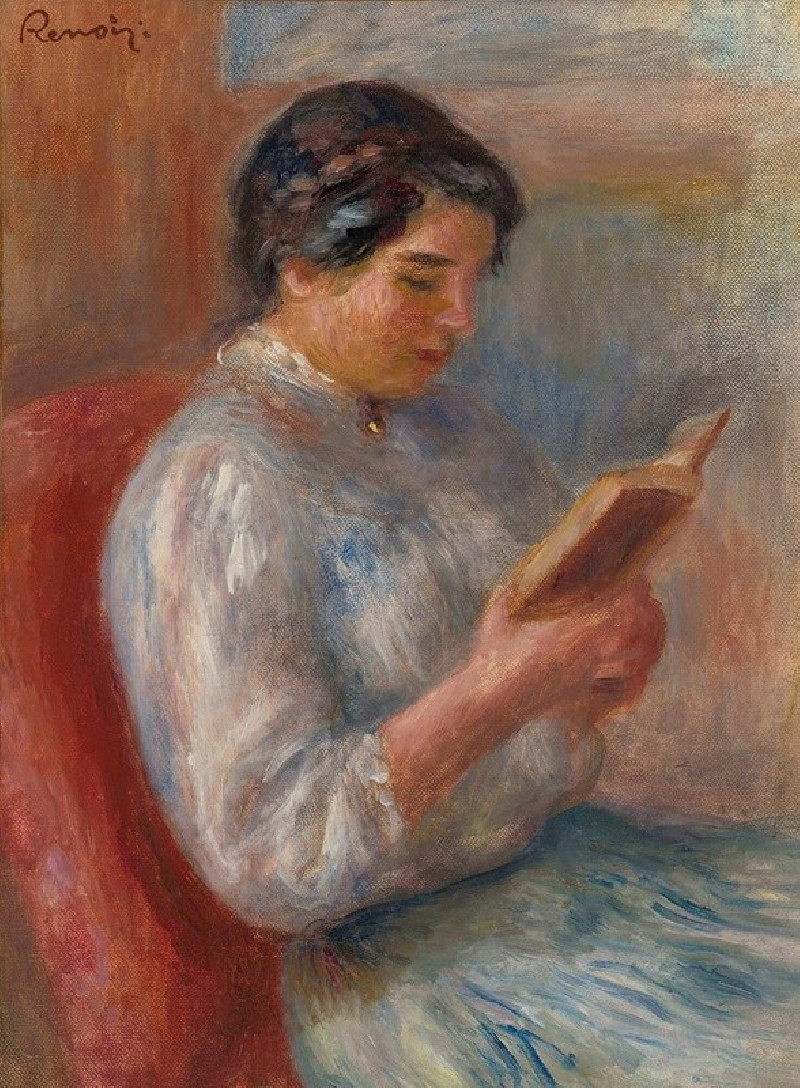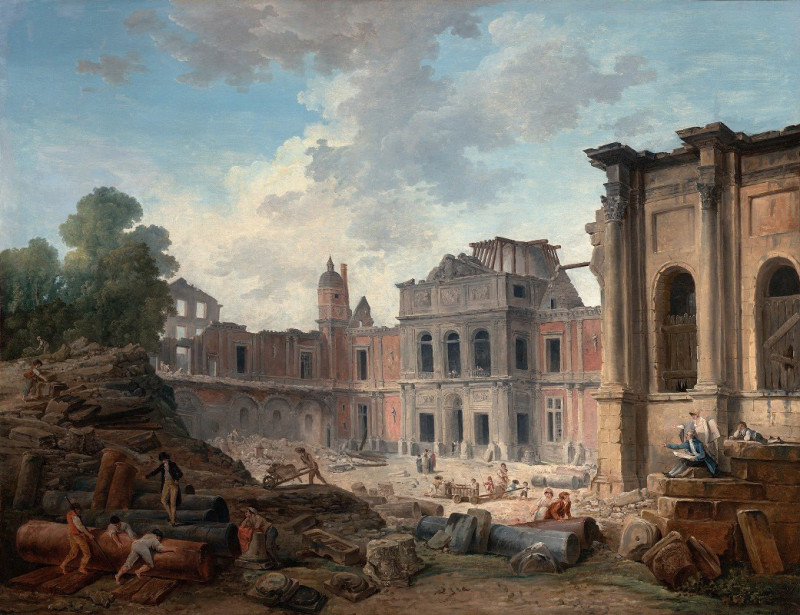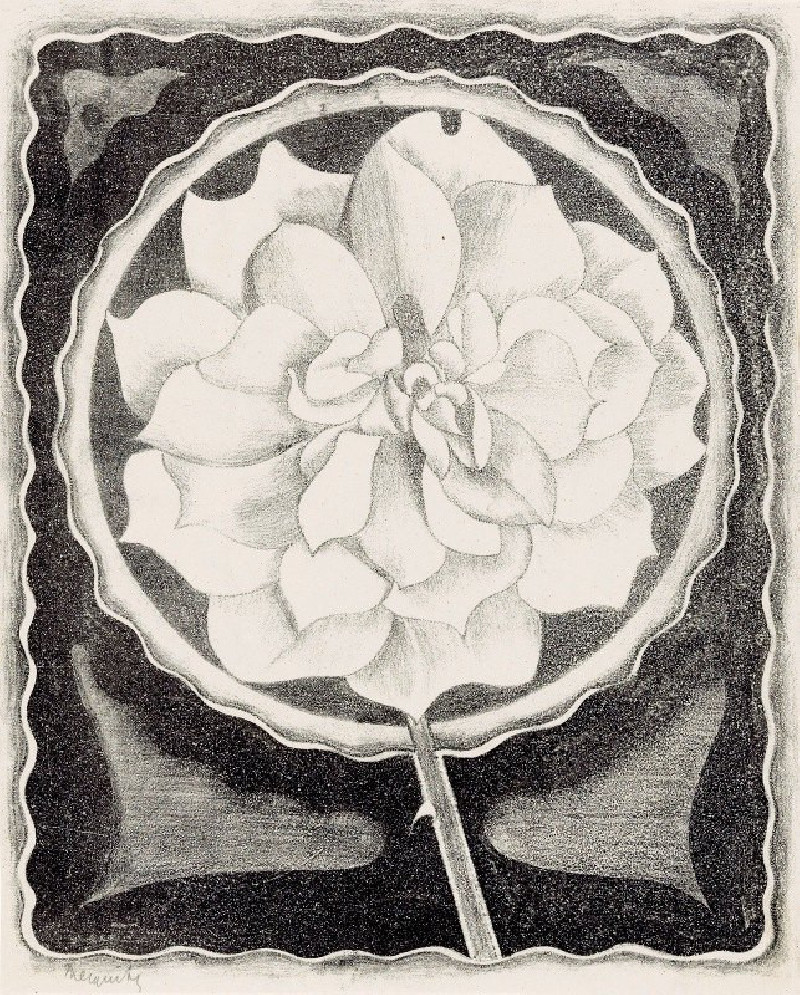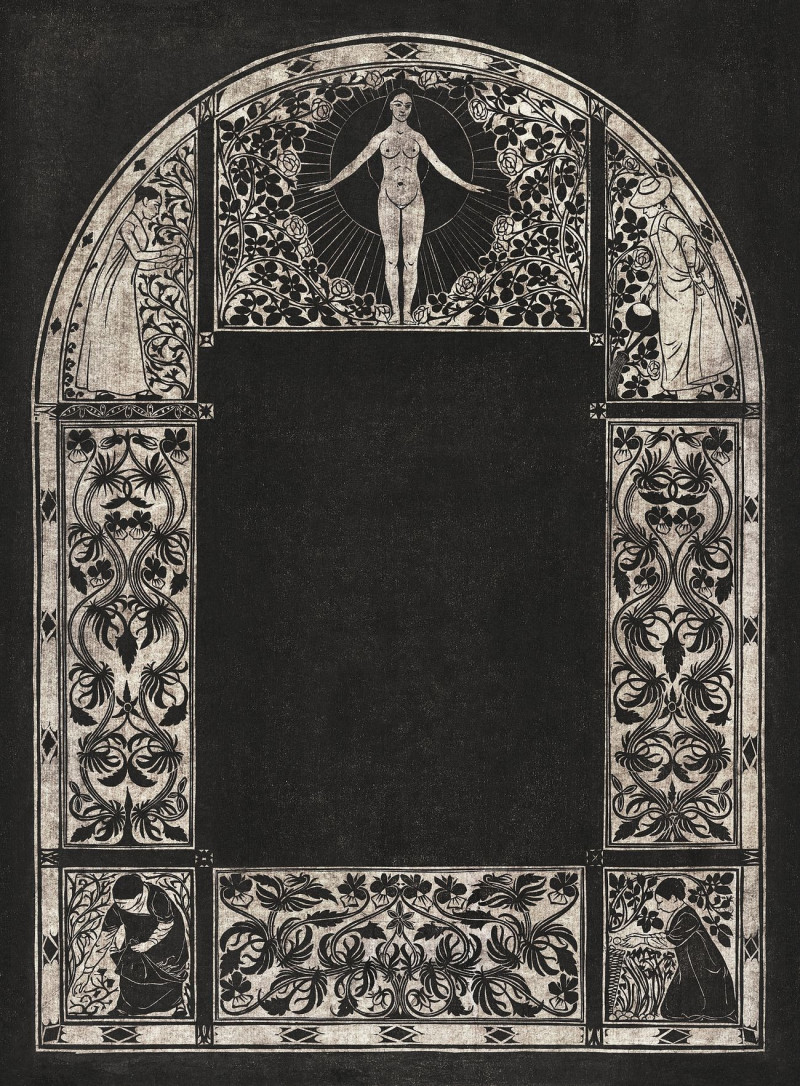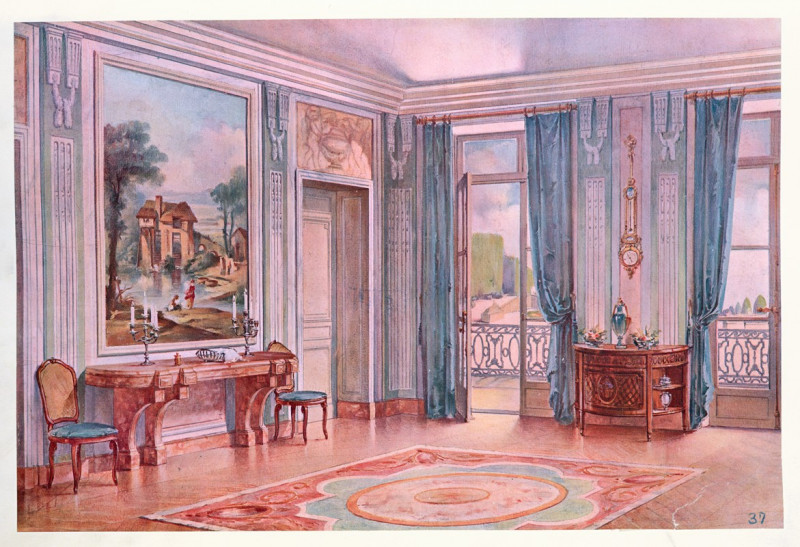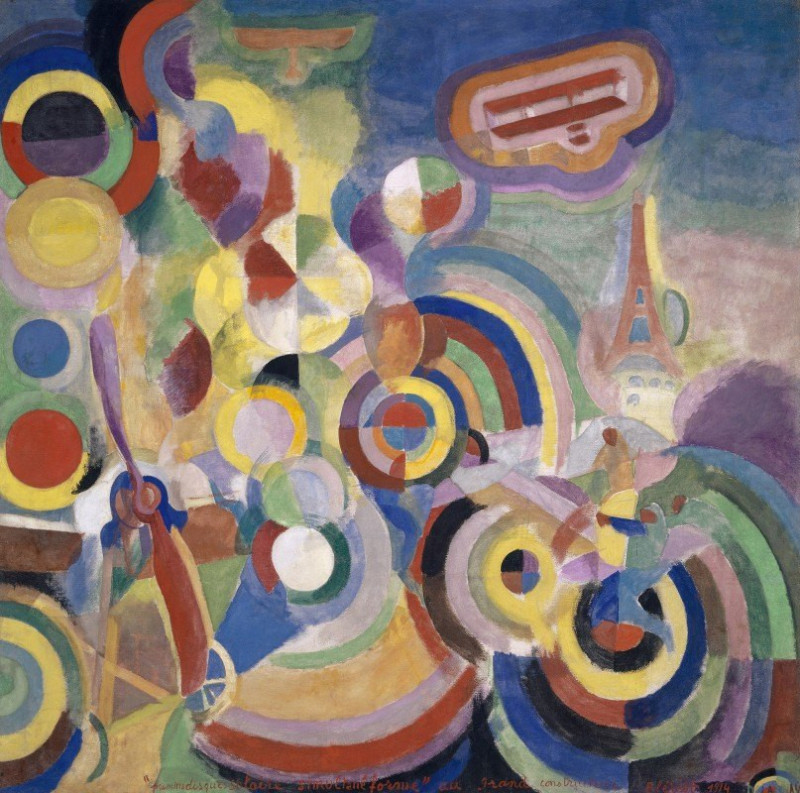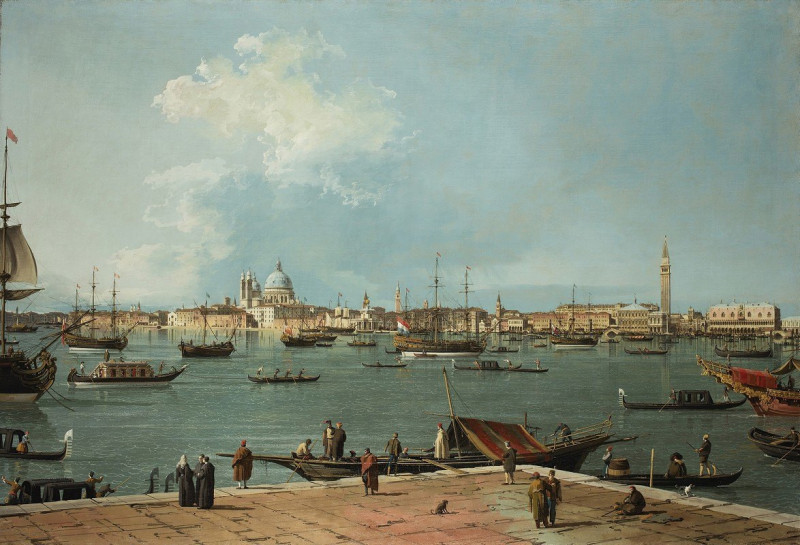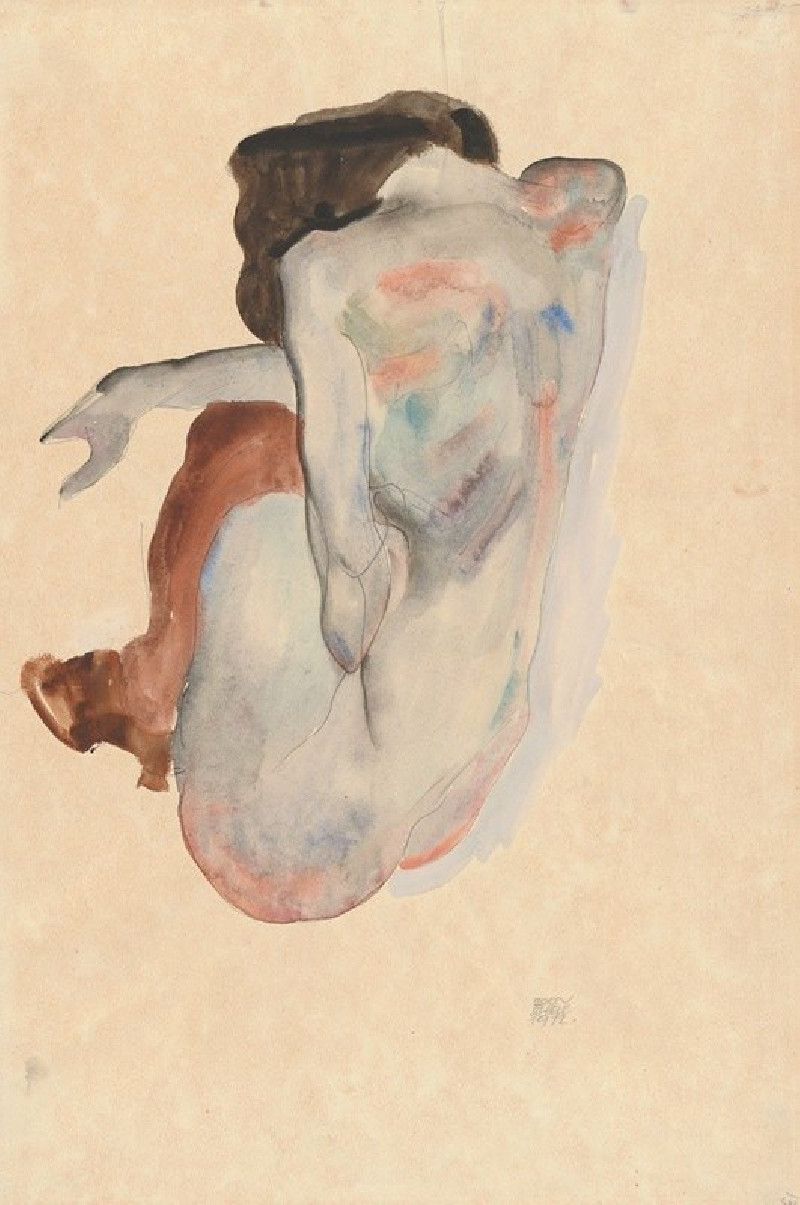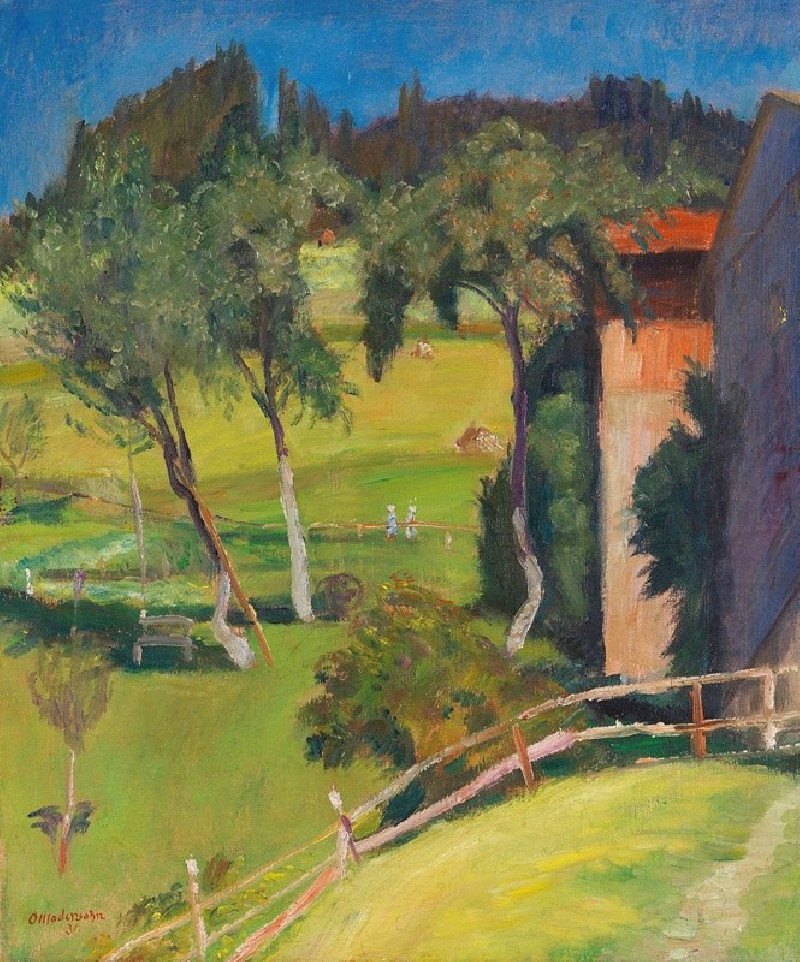The Lamentation over the Dead Christ
Technique: Giclée quality print
Recommended by our customers
More about this artwork
The painting "The Lamentation over the Dead Christ" by Anthony van Dyck is a poignant and masterful portrayal of grief and divine tragedy. This work showcases Van Dyck's skill in rendering emotional depth and complex human expressions within a dramatic biblical scene.In the painting, the lifeless body of Christ is laid out on a dark, rocky ground, his pallor and the languid pose of his limbs highlighting the finality of death. His body is cared for by three mourners in an intimate and sorrowful gathering. Central to the composition is the Virgin Mary, depicted in a state of devotional anguish as she looks heavenward, her face a canvas of loss and resignation. Beside her, Mary Magdalene, with tears on her cheeks, holds Christ's hand in a gesture of desperate tenderness, her expression one of profound sorrow. Behind them, another figure, likely John the Evangelist, looks on with a solemn and contemplative demeanor.The setting is a subdued landscape at twilight, suggesting the somber moment after Christ's crucifixion. The use of chiaroscuro, with the figures illuminated against a darker backdrop, focuses the viewer’s attention on the emotional center of the scene— the visceral human reaction to death.Van Dyck's use of color also enhances the emotional depth of the painting. The red garment of the figure in the background contrasts sharply with the muted tones of the other figures, symbolizing both the blood of Christ and the passion of his sacrifice.Overall, "The Lamentation over the Dead Christ" is not only a display of Van Dyck's artistic prowess but also an invitation to reflect on themes of sacrifice, mortality, and the human capacity for grief.
Delivery
Returns
Sir Anthony van Dyck (1599 – 1641) was a Flemish Baroque artist who became the leading court painter in England after success in the Spanish Netherlands and Italy.
The seventh child of Frans van Dyck, a wealthy Antwerp silk merchant, Anthony painted from an early age. He was successful as an independent painter in his late teens, and became a master in the Antwerp guild in 1618. By this time he was working in the studio of the leading northern painter of the day, Peter Paul Rubens, who became a major influence on his work.

